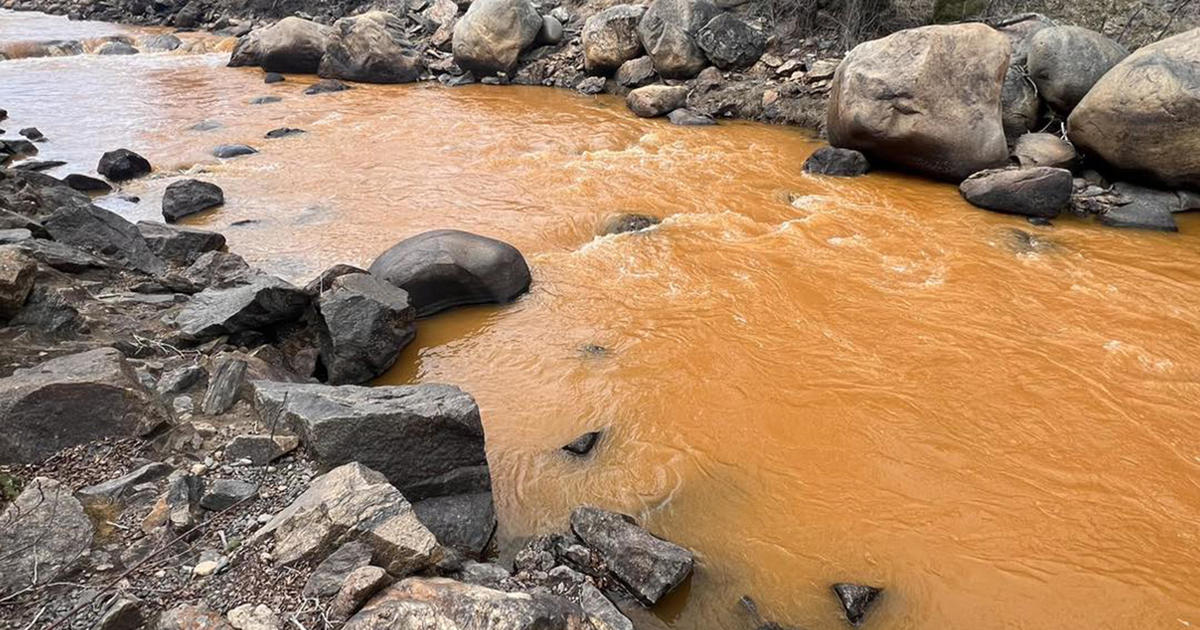In Maine, researchers are currently examining the effects of perfluoroalkyl and polyfluoroalkyl substances (PFAS) on local wildlife. Wildlife biologist Micah Miller is focusing on various bird species in Maine to determine the presence of PFAS in their blood. Recent studies have revealed concerning levels of these chemicals in birds such as loons and eagles, particularly near Lovejoy Pond. This raises worries about the potential impact on the broader food chain.
The research is ongoing to comprehend how PFAS move through the environment, ultimately affecting both animals and humans who share similar diets. This is crucial as we consume the same types of fish and shellfish as these birds, though in varying amounts. The high levels of PFAS found in the birds provide valuable insights into the environmental exposure faced by all living beings.
Miller emphasizes the importance of understanding the impact of PFAS on wildlife to assess potential health risks to humans. This underscores the need for regulatory measures and continued research on these persistent chemicals that enter the food chain. It has been noted that consuming even just one meal of fish caught from contaminated waters can result in a significant dose of PFAS.
Penelope Overton, reporting for the Portland Press Herald, highlights this ongoing work being done by wildlife biologist Micah Miller. As he continues his research, Miller hopes to gain a better understanding of how PFAS affect wildlife and potentially pose health risks to humans who share similar diets.



